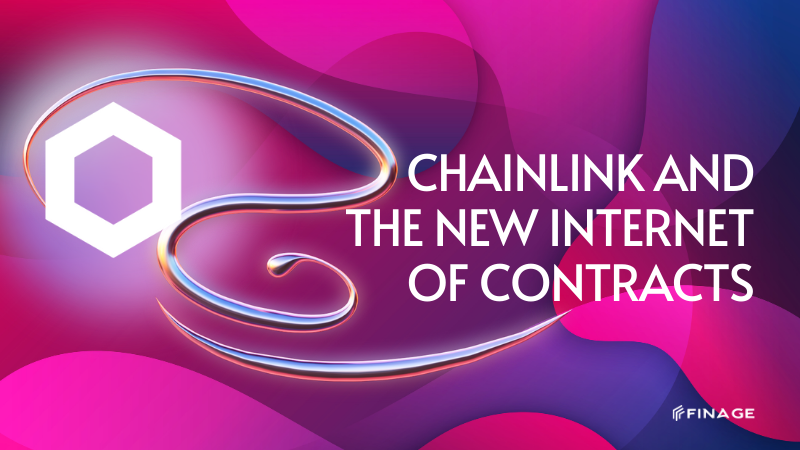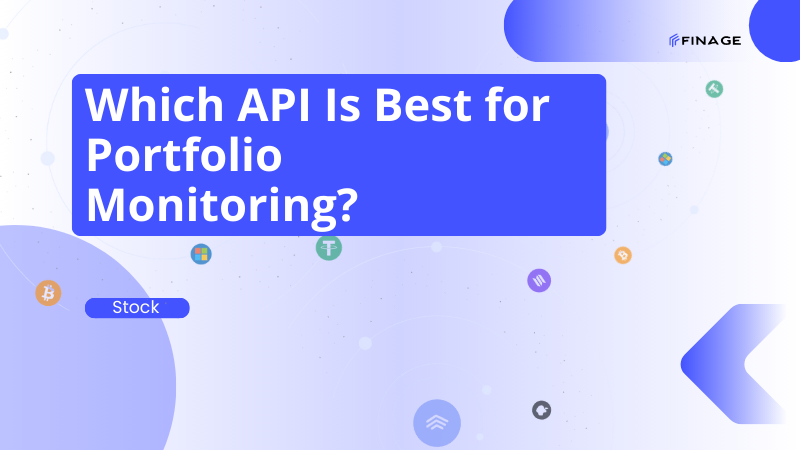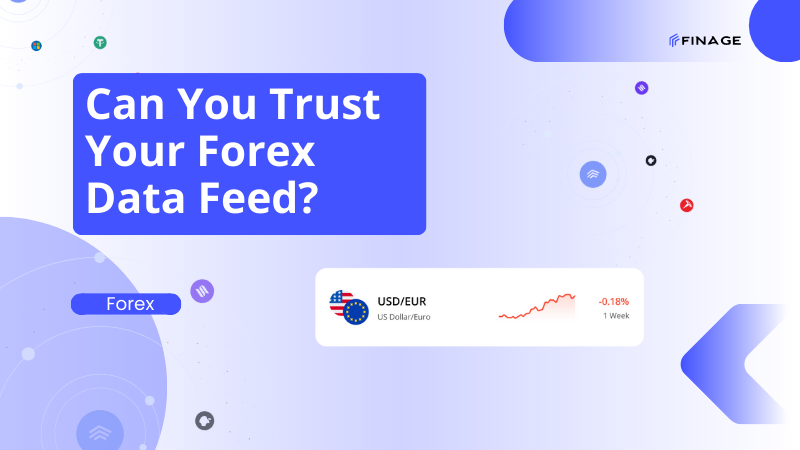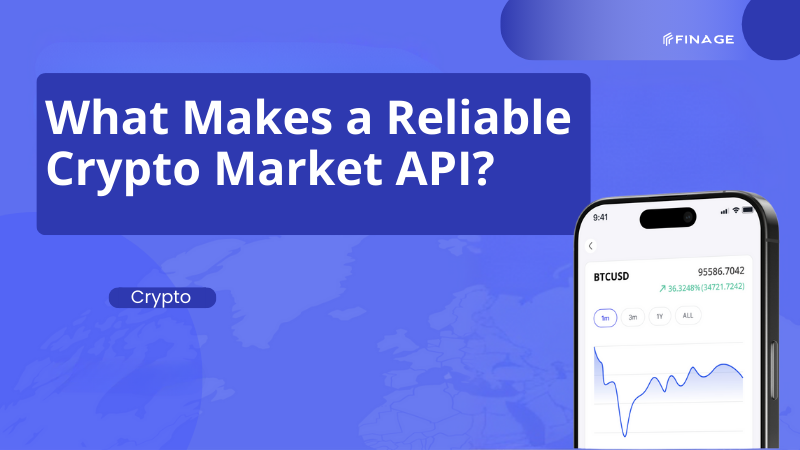Chainlink and the New Internet of Contracts
5 min read • July 16, 2023

Introduction
The re-platforming of substantial capital into on-chain finance highlights a growing necessity for better infrastructure. It’s fair to say that there’s a great need to have something behind it. This has fortunately come in the form of Chainlink’s CCIP or Cross-chain Interoperability Protocol. This solution would essentially create an interface that different DeFi apps. It could be used not only for interacting with each other but also for providing users with multiple blockchains.
The protocol also eases the transitioning of services and assets on-chain by current financial systems, due to the better link between them and both private and public blockchains. So, how exactly did we get here and what’s to come?
Contents:
- Defining the chainlink space
- Chainlink 2.0 and advancement in secure off-chain computations
- Internet of Contracts
- What comes with the adoption of this path?
- Final thoughts
Defining the chainlink space
Chainlink is an oracle, which is a platform that links a blockchain to an external source, thus allowing it to gain data from the outside world. This in turn allows smart contracts to execute actions based on information derived from the outside world. This use of data from both on-chain and off-chain sources essentially removes the weakness these contracts have, which is to access that information.
Chainlink bases itself on the original cross-chain model that was a solution to the number of issues that came with Decentralized Finance. Some of the key issues experienced with related platforms included the following:
- Liquidity issues as a result of access to limited pools tied to singular spaces
- This very singular nature cuts off assets from other platforms, making further adoption a lot more difficult
- The nature of such DeFi platforms also limits capital access, which also hinders the adoption
- They aren’t particularly scalable, as the deployment of applications is spread out all over the space and doesn’t allow the ecosystem to progress
Cross-chain tech, in theory, should be the key to curbing all these issues, but for the most part, this wasn’t the case, due to some problems encountered during development. These attacks led to well over 2 billion dollars being exploited over a year ago. Because of them, there was a need for improvement, hence the creation of Chainlink’s interoperability protocol, which heavily emphasizes better cross-chain safety, usability, and reliability.
Chainlink 2.0 and advancement in secure off-chain computations
This innovation enhances the capabilities of Decentralized Oracle Networks, providing a secure bridge for smart contracts. The result is a broader range of services and increased flexibility in creating smart contracts that integrate both on-chain and off-chain resources.
In the context of Chainlink 2.0, explicit staking plays a huge role. Staking involves participants locking up a certain amount of cryptocurrency as collateral to support the network's operations. The staking in Chainlink 2.0 is designed to offer users a better way to participate in secured processes. This can contribute to the overall security of the decentralized Oracle network.
Internet of Contracts
A key aspect of this platform is the unification of contracts on the internet, which as the name implies, were as separated as the web was in the early days. When the idea such as interoperability was introduced, protocols such as HTTPS came in, and before long things were considerably more unified, which is essentially occurring here as well.
The idea is that it's a standard to be used by all and so all sorts of related organizations will have easy access to the smart contracts while also maintaining the security of blockchains. The creation of this platform’s protocol is another step forward in the evolution of the Internet. What differs between the two sectors is what they’re focused on, hence the “Internet of contracts” name.
The merging of Webs 2 and 3 that this type of creation would create is more than welcome in the world of finance for several reasons. A lot of them deal with improved liquidity, but as the reasons below will show you, it’s a lot more than that:
- The exponential growth of Web 3
- Increased transparency provided by blockchains
- Better efficiency and connectivity provided by blockchains
What comes with the adoption of this path?
If Chainlink’s protocol is adopted, a lot is set to happen especially if larger financial institutions embrace it. If that should happen, literally trillions of dollars worth of transactions will be able to take place in a more streamlined fashion. The only reason this hasn’t happened yet is because of understandable apprehension on the part of some institutions, although some have adopted it.
The CCIP itself is also incredibly robust and has already seen its use in various avenues of the DeFi space with things such as the building of additional cross-chain solutions. Accompanying this will be an improved user experience especially as it pertains to token-based activity. This protocol is so versatile, in fact, that its range spreads out beyond this particular space and goes as far as governance and NFTs.
Final thoughts
Anyone in the know will, for the most part, say that the future of finance will find its place in tokenization and this piece has shown that. With the best ways of using the Chainlink, smart contracts, and its token LINK, it’s going to be a mainstay. The CCIP will do the same, especially with such great enthusiasm surrounding this form of cross-chain activity.
We have by no means been here this entire time, and mistakes have been made along the way, which only further emphasizes how important and beneficial the protocol is. It will be interesting to see how things play out as we keep moving on, but as the world moves closer to adoption, Chainlink’s work shouldn’t be overlooked.
You can get your Real-Time and Historical Cryptocurrency Data with a free Crypto Data API key.
Build with us today!
Claim Your Free API Key Today
Access stock, forex and crypto market data with a free API key—no credit card required.

Stay Informed, Stay Ahead
Finage Blog: Data-Driven Insights & Ideas
Discover company news, announcements, updates, guides and more


